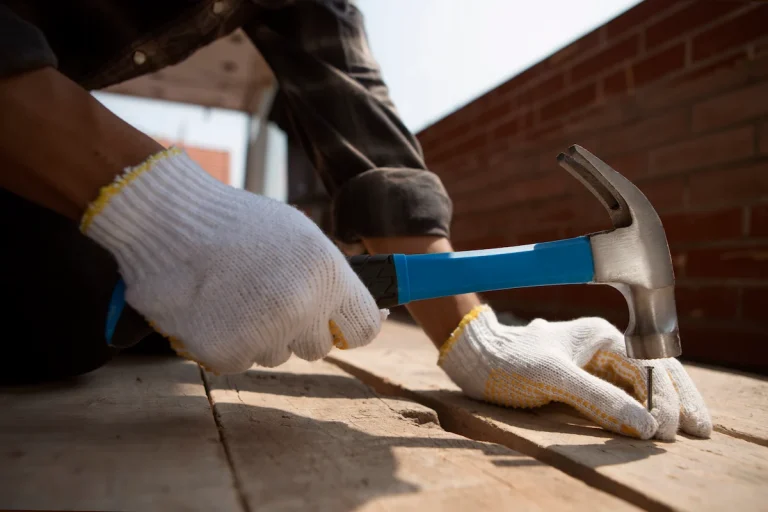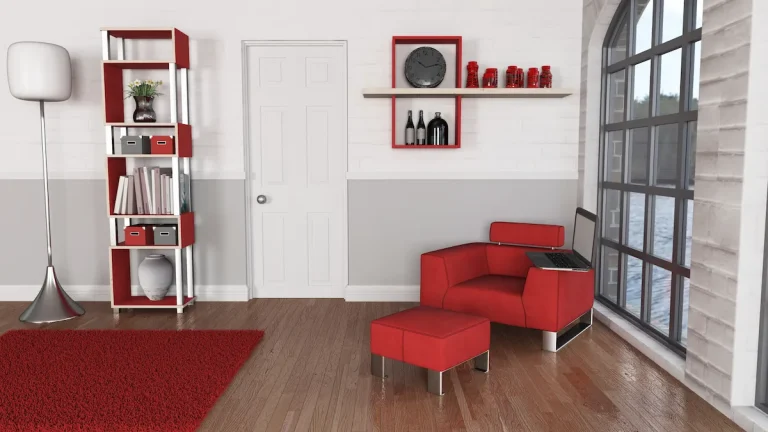Concrete is a popular subfloor choice due to its strength and longevity, making it ideal for elegant designs like herringbone. If you’re wondering how to lay herringbone flooring on concrete in hallway spaces, this guide covers every critical step—from preparation to installation.
How to Lay Herringbone Flooring on Concrete in Hallway
Installing herringbone flooring on a concrete base in a hallway demands careful planning, correct material handling, and strategic layout decisions. Before diving into the project, let’s explore what’s required to ensure a professional and lasting result.
Prepare the Concrete Subfloor
Proper subfloor preparation is the first crucial step in ensuring your flooring lays flat, adheres securely, and looks fantastic.
1. Check Moisture and Levelness
Start by checking for moisture using a moisture meter. Excess moisture can damage flooring materials like laminate and engineered wood. Also, ensure the concrete is level using a long straightedge and apply a self-levelling compound if needed.
2. Clean the Surface Thoroughly
Use a broom and industrial mop to remove all dust and debris. For stubborn residues, apply a commercial concrete cleaner. A clean surface is vital for proper adhesive bonding.
3. Allow Time for Acclimatisation
Let the flooring rest in the hallway for 48–72 hours before installation. This step allows the material to adjust to the room’s temperature and humidity, reducing the risk of warping or buckling later.
Which Way to Lay Herringbone Flooring in Hallway
Choosing the right direction for your herringbone layout can dramatically improve the hallway’s appearance.
1. Consider Hallway Dimensions
In narrow hallways, laying the pattern diagonally can help visually elongate the space. In wider hallways, laying it lengthwise may add balance and elegance.
2. Factor in Lighting
Natural light can accentuate the intricate herringbone design. If the hallway receives sunlight, align the pattern with the direction of the light for maximum effect. Use soft artificial lighting to enhance textures during evening hours.
3. Aesthetic Integration
Match your herringbone material and colour to the hallway’s existing décor. Warm tones create a cosy feel, while cooler shades work well in modern interiors. Engineered wood offers authenticity, while laminate and luxury vinyl provide affordability and durability.
Installing the First Row of Herringbone Flooring
Getting the first row right is key to maintaining the integrity of the pattern throughout the hallway.
1. Mark a Guide Line
Use a chalk line or laser level to mark a straight guideline. This ensures the first pieces are accurately aligned, which sets the foundation for the rest of the floor.
2. Apply Adhesive
Evenly apply adhesive to the back of the first board. Press it firmly onto the concrete, ensuring it adheres fully. Repeat for the second board to form the classic herringbone “V” shape.
3. Maintain Expansion Gaps
Use spacers along the edges of the hallway to allow for expansion and contraction. This helps prevent future warping or cracking of the floor.
Laying Subsequent Rows
Continue the installation row by row, following the herringbone pattern.
1. Accurate Cutting
Measure and cut boards as needed to fit along edges and around fixtures. Use a mitre or jigsaw for precision. Always dry-fit before gluing.
2. Adjust for Pattern Drift
Regularly check alignment as you go. Small misalignments can compound over time, so adjust when needed to keep the pattern consistent.
3. Apply Weight
After setting each board, use a roller to apply even pressure and ensure solid adhesion to the concrete.
Tips for a Professional Finish
Small details can significantly impact the overall look and longevity of your floor.
1. Use Spacers
Place spacers consistently to maintain even gaps, which are critical for expansion, especially in areas with fluctuating temperature or humidity.
2. Cut Around Obstacles Neatly
For areas around door frames or radiator pipes, mark and cut boards carefully using a jigsaw. Precise cuts will result in a cleaner, seamless finish.
3. Final Checks
After installation, allow the adhesive to cure fully. Remove spacers and clean the surface gently. If needed, fit skirting boards or trim for a polished edge.
Elevate Your Hallway with Timeless Style
By following this step-by-step guide on how to lay herringbone flooring on concrete in hallway, you can achieve a professional result that adds elegance and character to your home. With careful preparation and the right tools, even a DIY enthusiast can install a beautiful herringbone floor that stands the test of time.
If you’re inspired to take the next step, explore TEKA Flooring’s stunning collection of herringbone floorings—perfect for adding warmth and texture to other areas of your home. Our experts are here to help you select the ideal product and even provide fitting services for a flawless finish.
Explore our herringbone flooring range at TEKA Flooring and transform your home today.
Read also:
































